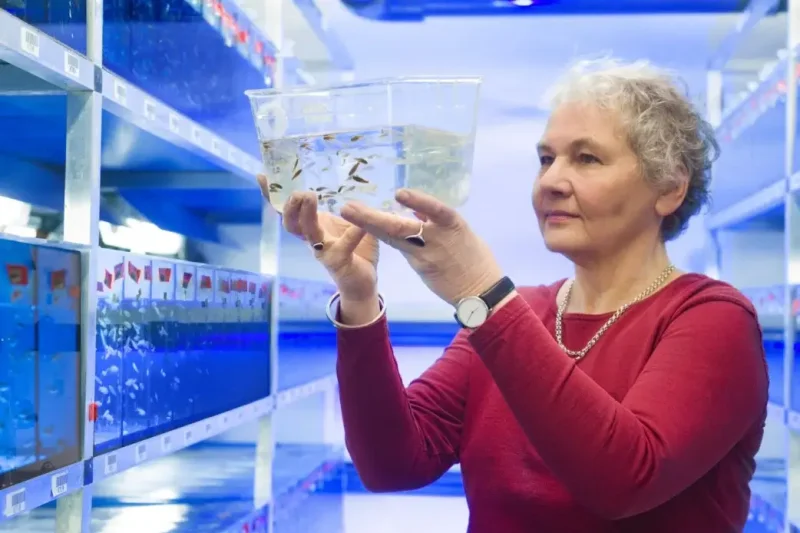Genetically modified plants are not cultivated in Europe, the regulatory requirements are too strict and the reservations of the population are too great. Nobel Prize winner Christiane Nüsslein-Volhard has long criticized this as anti-scientific and ideology-driven.
…
Anything that people don’t like about modern agriculture is often blamed on genetic engineering. Even in Germany, although there is no genetic engineering in agriculture here.
…
Genome-edited plant varieties should be excluded from the scope of application of genetic engineering law. This would also allow for field trials, which are necessary to test a new variety. Otherwise they will be destroyed immediately by radical opponents. In the long term, the European genetic engineering law of 2001 should be thoroughly revised in order to take into account the positive experiences of “classic” genetic engineering that have since been collected.
[Editor’s note: This article has been translated from German and edited for clarity.]































